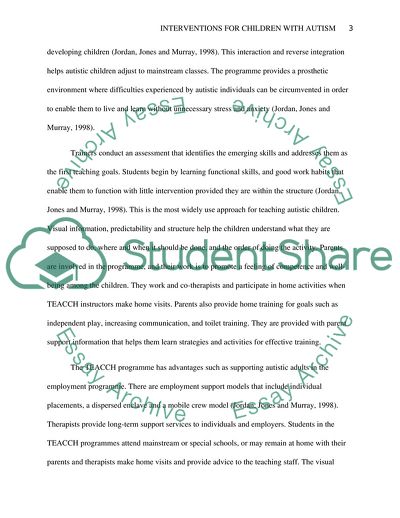Cite this document
(The Interaction and Reverse Integration which Helps Autistic Children Case Study Example | Topics and Well Written Essays - 1500 words - 1, n.d.)
The Interaction and Reverse Integration which Helps Autistic Children Case Study Example | Topics and Well Written Essays - 1500 words - 1. https://studentshare.org/education/1787121-social-intervention-to-children-with-autism
The Interaction and Reverse Integration which Helps Autistic Children Case Study Example | Topics and Well Written Essays - 1500 words - 1. https://studentshare.org/education/1787121-social-intervention-to-children-with-autism
(The Interaction and Reverse Integration Which Helps Autistic Children Case Study Example | Topics and Well Written Essays - 1500 Words - 1)
The Interaction and Reverse Integration Which Helps Autistic Children Case Study Example | Topics and Well Written Essays - 1500 Words - 1. https://studentshare.org/education/1787121-social-intervention-to-children-with-autism.
The Interaction and Reverse Integration Which Helps Autistic Children Case Study Example | Topics and Well Written Essays - 1500 Words - 1. https://studentshare.org/education/1787121-social-intervention-to-children-with-autism.
“The Interaction and Reverse Integration Which Helps Autistic Children Case Study Example | Topics and Well Written Essays - 1500 Words - 1”. https://studentshare.org/education/1787121-social-intervention-to-children-with-autism.


